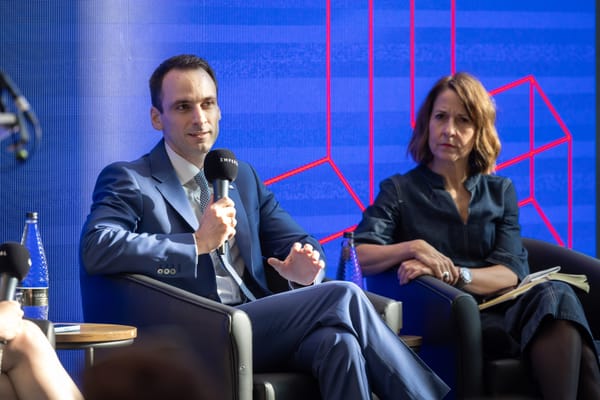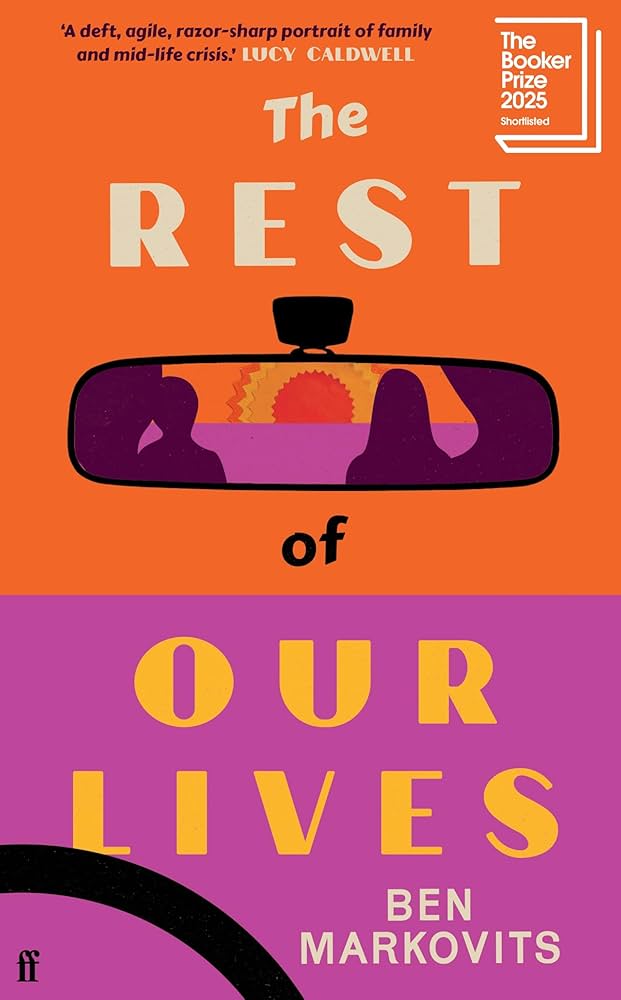Where are the men in biology?
Spend a day on the Imperial campus and you’ll quickly get acquainted with the gender imbalances. Wander past engineering or computing lectures, and it’s a parade of grey hoodies and sports backpacks. In contrast, having spent the last three years tucked away in the Life Sciences and Medicine departments, I’ve been experiencing a very different, female-dominated, safe haven.
In biology, men are a much rarer sight – a novelty, even. So, what actually drives this stark difference?
Last year, during a brief (very brief) stint in a Global Economics Horizons module – which I may or may not have dropped after three sessions – I found myself one of maybe five women in a classroom of fifty. I spent most of that time quietly observing, trying to understand why the atmosphere felt so completely different from my usual biology bubble. Then it hit me: for most of my degree, I’d been shielded.
Not only are there fewer men in biology, but the ones who are there often evolve to blend in seamlessly. The token boy in a group project tends to match the room’s energy rather than dominate it – a stark contrast to my Horizons, where the volume level alone could drown out the Queens Tower bells.
So why does biology repel men with the same efficiency as a group-project Teams chat?
Part of it comes down to the gendering of science – that unspoken cultural script that still nudges boys toward physics, engineering, and computing because they’re supposedly “hard,” “serious,” and “mathematically pure.” Meanwhile, biology gets painted as “soft,” “people-focused,” or the dreaded “just memorisation” subject.
Biology becomes the science of care, medicine, and bodies, all quietly coded as feminine, which means boys are funneled out of it long before they ever make it to Imperial. This “leaky pipeline” has been well documented, prompting endless research into what shapes the glass ceiling in academia. Is it a shift in life priorities? The structure of academic careers? Or is it, more worryingly, the persistence of gendered biases and stereotypes that are still quietly embedded in STEM?
But hopefully ours is the generation that begins to change that – more diverse, more outspoken, and far less obedient to outdated ideas about where we do or don’t belong.
So maybe the question “Where are the men in biology?” only scratches the surface. Perhaps the more important question is: why do we gender science in the first place?









